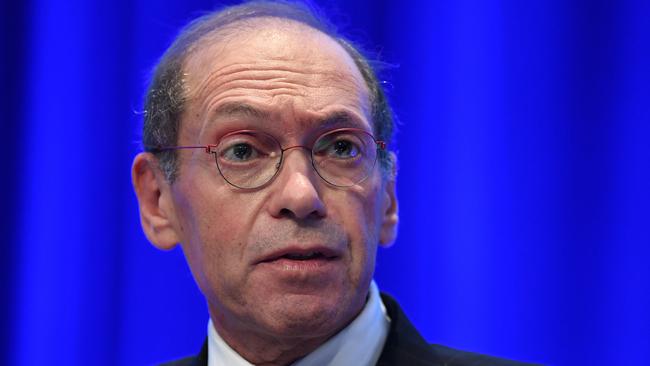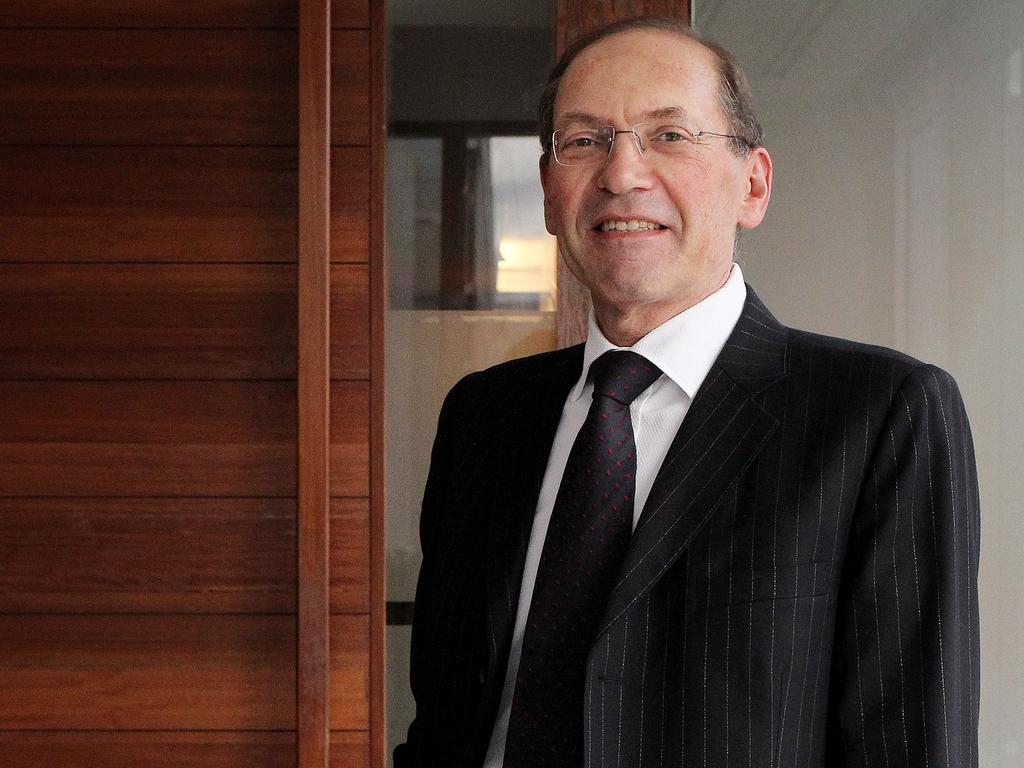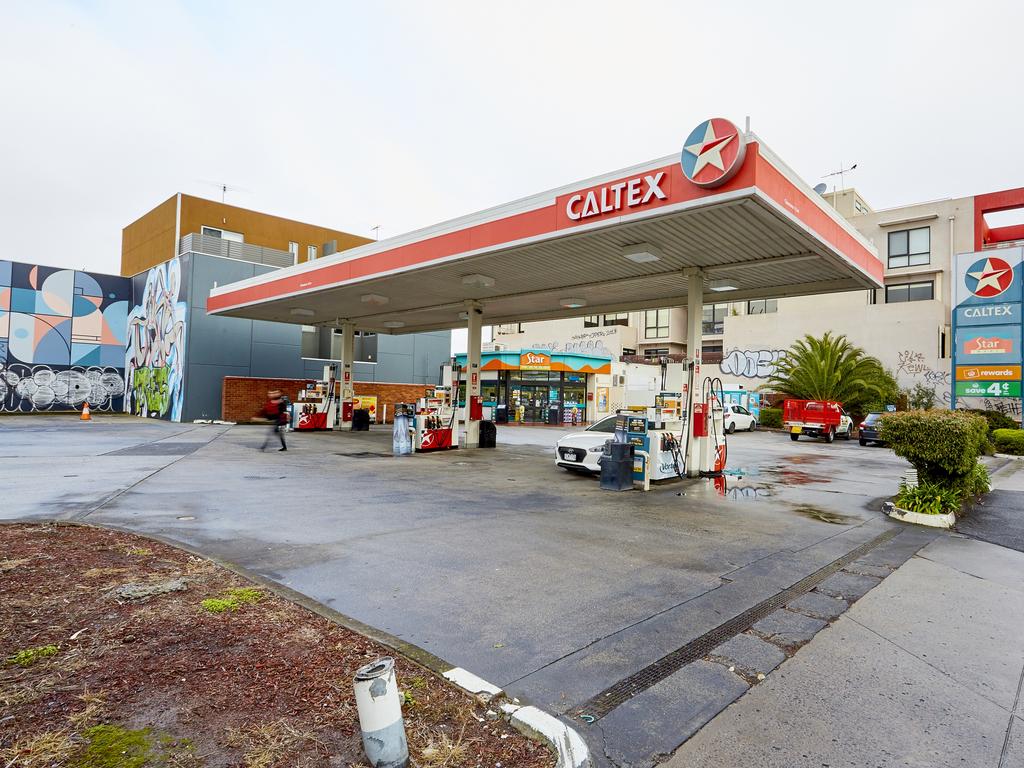
A few months ago, shareholders were facing the departure of long-time chief executive Julian Segal, mixed market views of the success of his strategy of refurbishing its outlets into convenience stores, increasing competition in the retail fuel business and tighter margins from its wholesale business. Its shares were trading around $24 in August.
The shares shot up in October on news of an unsolicited, non-binding, indicative proposal from Canada’s Alimentation Couche-Tard (ACT) at $32 a share, which was increased to $34.50 cash in November, valuing the company at $8.6bn.
The approach was soundly rejected by the Caltex board in December, which argued it undervalued the company and did not represent “compelling value” for shareholders.
Wednesday’s confirmation by Caltex that it has also been approached by other interested parties, including Britain’s EG, has pushed the share price up to $35.70 at Wednesday’s close, gaining 65c or 1.85 per cent on the day and boosting its market capitalisation to $8.75bn.
This lifts the share price towards the heady days of March 2015 when it was trading around $37.
Segal’s ambitious plan, announced in 2016, to revamp Caltex retail outlets to become more like convenience stores, was a response to falling petrol sales in Australia which were depressing its share price, as cars become more fuel-efficient and motorists become more careful about their driving habits.
While Caltex has been at pains to spell out that the approaches may not result in any bid at all, it now looks as if the company is in play.
The company is now in discussions with Canada’s ACT about the terms of a peek under the corporate bonnet at some non-public information, as a potential precursor to a real bid.
The discussions are understood to be revolving around the nature of the agreement.
With ACT now confirmed as owning around 2 per cent of Caltex, the board is understood to be concerned that the Canadians cannot be in receipt of non-public information while increasing their on-market share buying.
With the new interest from other players, expectations are that ACT and Caltex will soon come to an agreement on this.
Caltex announced on Wednesday that it had been approached by EG and others “to acquire Caltex or some of its assets.”
As it is currently structured, Caltex is a tale of two parts: its wholesale fuel and infrastructure business, which includes the Lytton refinery in Brisbane and its Ampol fuel buying business, based in Singapore, and its retail fuel business focusing on its 800 company-owned outlets.
The convenience retail side of the business contributes 35 per cent of Caltex’s earnings before interest and tax, with the wholesale side (“fuels and infrastructure”) contributing the lion’s share of earnings at around 65 per cent.
Expectations are that ACT and other companies currently circling including EG are mainly interested in the retail outlets.
The non-binding approach from the Canadians is for the whole company, but analysts believe it would seek to divest the wholesale fuel and infrastructure business, at the least selling off the Lytton refinery.
Segal was forced to close Caltex’s famous refinery at Sydney’s Kurnell in 2014, turning it into a fuel importing terminal. Others may have indicated an interest in the retail business but could seek to bring in a partner to buy the wholesale business.
With industry super funds and private equity players looking for infrastructure investments in Australia, a potential buyer of Caltex could have several options for partnerships or asset sales.
The retail fuel business in Australia has become highly competitive.
Some 2000 retail outlets in Australia currently trade under the Caltex brand, but 1200 are owned by other operators under contract.
Caltex’s current market share of 800 company-owned outlets is around 13 per cent of the market.
Other players are BP, Viva/Coles, 7/11 and EG.
EG has a smaller percentage of the market, having paid $1.7bn in early 2019 to get a foothold in the Australian market by buying Woolworth’s network of 540 Caltex-branded stations.
US oil and gas giant Chevron signalled its re-entry into the Australian market in its own right with a $425m deal in December to buy the commercial and retail fuels business of Puma Energy, including its 270 retail sites.
Chevron has a longstanding interest in the Australian market, taking over the Golden Fleece business in 1981 and Ampol in 1995.
The US oil giant retained a 50 per cent interest in what became known as Caltex Australia until 2015 when it sold its stake for $35 a share in a deal worth $4.6bn.
This meant Caltex Australia was on its own, with its unique mix of refineries, wholesale fuel distribution and retail outlets that used the Caltex brand under license from Chevron.
Chevron has just given notice that it wants the Caltex brand back, over a three-year period, prompting Caltex Australia to look at revamping its stations under the old Ampol brand, a process which it estimates could cost around $165m.
The Romanian-born Julian Segal, who has been running Caltex since 2009, has long argued that the company is worth a lot more than its languishing share price would suggest.
His time as CEO has involved some hard-headed decisions including the closure of the Kurnell refinery and some extensive cost-cutting.
In rejecting the ACT bid, the Caltex board argued that the company is now at a low point in its earnings cycle.
It argued that it had other plans in train to boost earnings, including a proposed IPO of up to 49 per cent of some 250 core convenience retail sites, which it said would “unlock value and release cash for shareholders”.
Segal, who has given notice he will leave around the middle of the year, is now facing a much busier pre-retirement period than he would have envisaged a few months ago.
But the events of the past few months may allow him to leave the company vindicated, with Caltex shareholders benefiting from a newfound global interest in the business.






While the future of Australia’s largest fuels company, Caltex, is now uncertain, its shareholders are doing well from its new-found market attention.